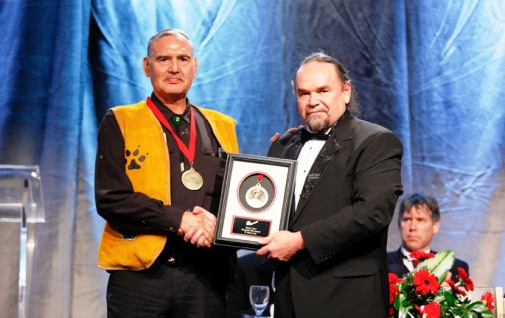The National Post is Canada’s second largest national paper. This article was originally published in the Financial Post on March 29, 2011. pkoven@nationalpost.com
TORONTO — In Brazil, politics appear to be trumping profits. President Dilma Rousseff’s government is working hard to force the chief executive of mining giant Vale SA out of his job. Despite Vale’s tremendous success in recent years, the government wants the company to change its investment focus in order to boost Brazil’s economy.
As CEO, Roger Agnelli played a key role in transforming Vale into a global powerhouse from its humble roots as a state-owned company, making it a huge winner for investors in the process. The company earned a net profit of US$17.3-billion last year, and sports a market value of almost US$170-billion.
A change at the top could have huge implications in the global mining industry. If Vale is forced to look inward in Brazil, it leaves a question mark over its international assets, including all the Canadian ones it acquired when it bought Inco Ltd. for about $19-billion.
























